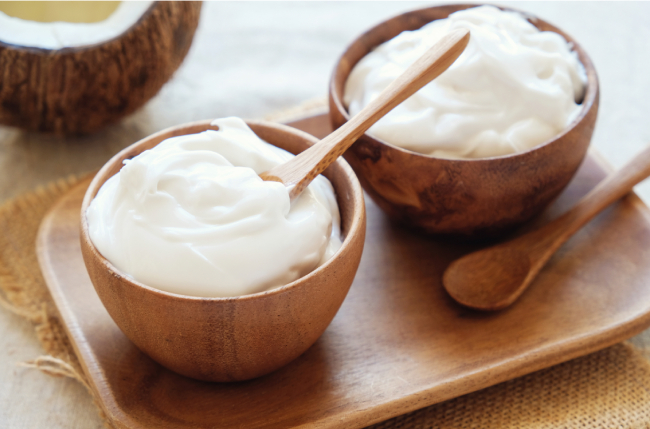That organic living is a conscious health choice
Greek and Greek-style Yoghurt
Culture Differences: ‘Greek’ and ‘Greek-style’ Yoghurt
There’s never been a dearth of options in the yoghurt aisle of any supermarket. Apart from an expansive range which includes different dairy or no-dairy types – cow’s, goat’s, soy, rice, nut, or coconut milks, consumers these days are also spoilt for choice in terms of flavours, sweeteners and fat percentages. But in recent decades, only one type has a found a special place in the hearts – and stomachs – of many consumers: yoghurts with the “Greek” distinction.
Why are they so popular?
Palate-wise, Greek yoghurts have a thicker and creamier consistency and taste slightly tangy. Nutritionally speaking, they also stand out: a far higher protein level – to the tune of 15-20 grams per serving – makes it attractive for vegetarians interested in meat-free protein sources, and athletes searching for whole-food sources of complete amino acids. Having a lower lactose or natural milk sugar level also means it is favoured by those managing diabetes, and dieters streamlining overall sugar intake. And for anyone digestively sensitive or lactose-intolerant – estimated to be more than 80% of individuals of Asian or African descent, Greek yoghurt is a blessing.
Why the higher price tag?
This all boils down to how authentic Greek yoghurts are made. At baseline, all yogurts are made by combining milk with active cultures and waiting for the yoghurt to thicken. Gradually the liquid milk (whey) separates from the more soft-but-solid curds (casein). Standard yogurts strain off the liquid once, maybe twice, creating a creamy but not-too-thick consistency. Authentic Greek yogurts are cultured longer and undergo three strains, yielding a notably denser finished product - one that usually sticks to an upside-down spoon. This triple culture-then-slow-strain process takes added time and labour, which results in a steeper total at the supermarket checkout.
Why not grab the less-expensive “Greek-Style” yogurts?
Greek-style yogurts far outnumber Greek ones in supermarkets by an estimated ratio of 80-20. Apart from their increased visibility, Greek-style products are also priced far lower. The question is: why pay four times the price for, ostensibly, the same product?
Marketing gimmicks would have you believe it, but these two are not perfect substitutes. Some manufacturers take short cuts; they sidestep the time- and labour-intensive straining process and thicken with additives - sometimes natural, sometimes not. A label check of Greek-style alternatives reveals extra creams, milk solids, stabilisers and preservatives (like gelatins and gums). A true plain ‘Greek’ yogurt, on the other hand, will only include milk and cultures.
If you’re motivated by mouthfeel, a ‘Greek style’ yoghurt might serve as a perfectly suitable substitute. But if you’re looking to avoid unwanted extras and whittle down processed foods in your fridge, invest in authenticity and stick with ‘Greek.’


























_1672804154.jpg)

_1611290459.jpg)